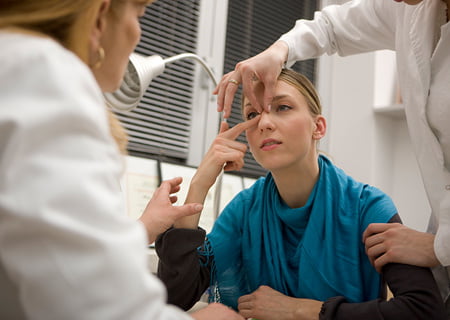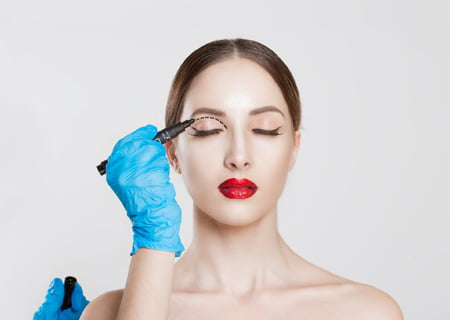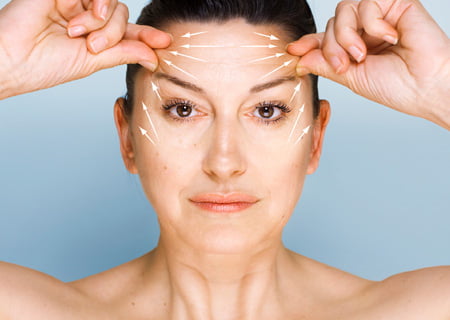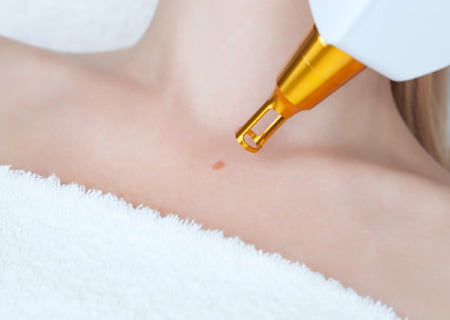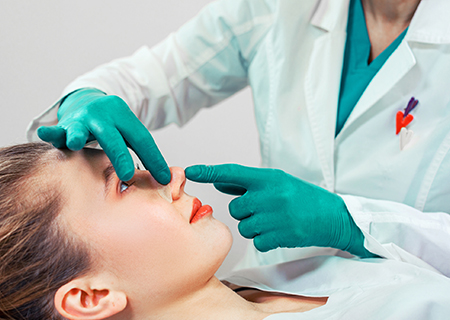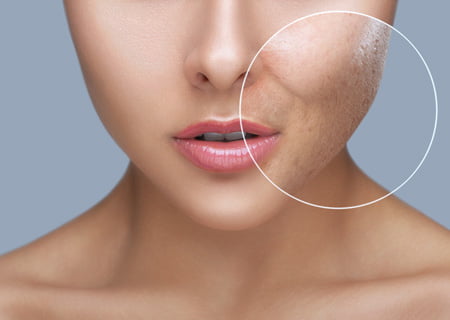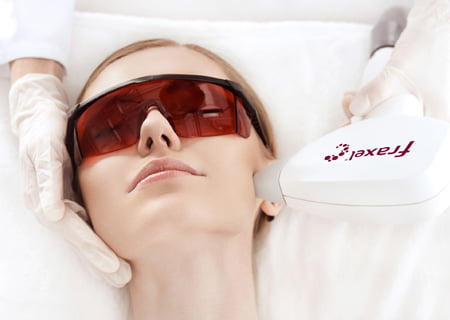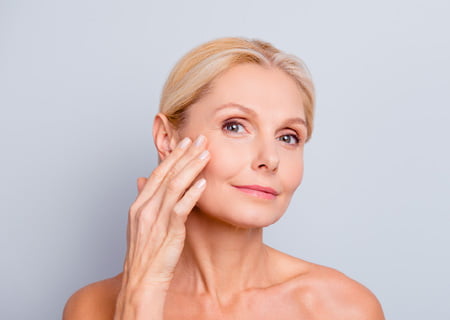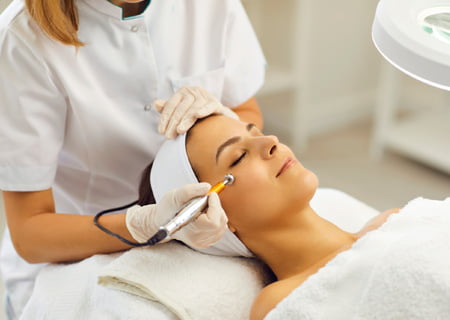Recovery Shopping List For Your Nose Job

When Jenna arrived for her pre-op meeting, she carried a crumpled notepad full of “to-buy” lists she’d found online. One spreadsheet told her to stockpile herbal teas; another insisted on acres of fluffy pillows. By the time she handed it to our nurse coordinator, the paper was coffee-stained and nearly unreadable.
“That’s way too much,” our coordinator laughed kindly. “Let’s build you a tailored shopping list — one that actually fits your life and speeds up your healing.”
If you’re gearing up for rhinoplasty with Dr. Kristina Zakhary in Calgary — or anywhere in Canada — this is your field-tested, no-fluff recovery shopping list. No guessing, no panic-buying. Just the essentials you’ll reach for every day after your nose job .
Why a Tailored Shopping List Matters
People also search
You’ve invested in surgical precision; don’t let sub-par supplies undermine it. The right items will:
- Minimise swelling and bruising through gentle cold therapy
- Keep incisions clean and dry from tap water, reducing infection risk
- Boost comfort and mobility , so you can rest deeply and follow activity guidelines
- Simplify daily care , letting you focus on healing, not hunting down odd gadgets
Dr. Zakhary puts it simply:
“Preparation isn’t just about having supplies; it’s about having the right supplies.”
Core Categories and Must-Have Items
Below is the checklist we give every patient at their one-week-out consultation. Organise it by category, tick off as you shop, and stash it beside your pre-op packet.
| Category | Item | Why You Need It |
|---|---|---|
| Cold Therapy | Reusable gel ice packs (soft shell) | Conforms to your face; reusable for 4–6 weeks |
| Thin sports headbands | Holds cold packs in place hands-free | |
| Elevation & Comfort | Extra-firm wedge pillow | Keeps your head elevated at 30° for better lymphatic drainage |
| Adjustable recliner or bed wedge | Eases the transition between sitting and lying | |
| Cleaning & Care | Sterile saline spray | Gently irrigates nasal passages |
| Hypoallergenic cotton swabs | Reaches tight spots without lint | |
| Fragrance-free gentle cleanser | Cleans skin without drying or irritating sutures | |
| Nutrition & Hydration | Electrolyte packets (unsweetened) | Replenishes fluids without added sugar |
| Soft, high-protein snacks (yoghurt, smoothies) | Supports tissue repair | |
| Entertainment & Support | Lightweight eye mask | Shields bruised eyes from light |
| Audiobook or podcast subscription | Keeps your mind engaged without screen glare | |
| Miscellaneous | Loose-fitting button-down shirts | Easy to slip on without tugging over your nose |
| Prescription pill organiser | Tracks antibiotics and pain meds |
Cold Therapy: The First Line of Defence
Swelling peaks between days 2 and 5. A well-placed ice pack isn’t just soothing — it speeds up fluid drainage. We recommend soft-shell gel packs you can chill overnight, then slip into a thin sports headband. This frees your hands during meals or Netflix marathons.
Dr. Zakhary
notes: “Patients often skip headbands and end up juggling ice packs while trying to text or eat. Trust me, you want your hands free.”
Elevation & Comfort: Align for Drainage
Think of your nasal tissues as a damp sponge. If you lie flat, it soaks up fluid; if you prop it up, gravity helps it drain. An extra-firm wedge pillow — angled at about 30° — does the trick. If you don’t have the space for a recliner, a bed wedgeworks just as well.
Pro tip: Test your pillow’s firmness before surgery. You don’t want to discover it’s too soft when you’re already groggy from anaesthetic.
Cleaning & Care: Keep It Pristine
Gentle cleaning removes crusts and discharge without jostling your nasal bones:
- Sterile saline spray: Aim for 2 spritzes per nostril, at least 6 times a day. It’s the cleaning rinse your surgeon loves.
- Hypoallergenic cotton swabs: Look for brands labelled “lint-free” and “for wound care.” Pre-package them into small zip-lock bags for easy grab-and-go.
- Fragrance-free cleanser: At your one-week visit, you’ll get sutures removed. Use a mild, unscented cleanser to wash around the face — no harsh soaps that could dry out skin.
Nurse coordinator Tip:
“I label each cleanser bottle with a bright sticker that says ‘Face Only’ — so you don’t accidentally use your citrus-scented shower gel.”
Nutrition & Hydration: Fuel the Repair
Your body is in rebuilding mode. Protein and fluids are non-negotiable:
- Electrolyte packets: Steer clear of sugary sports drinks; sugar can promote inflammation. Unsweetened electrolyte mixes (just sodium, potassium and magnesium) keep you balanced.
- Soft proteins: Greek yoghurt, cottage cheese or pre-made protein shakes are easy to swallow if your nasal passages feel tender.
- Hydration station: Keep a large water bottle within arm’s reach. If bending over feels awkward, consider a bottle with a long straw that locks into place.
Patient story:
Jenna forgot her soy yoghurt on one post-op afternoon.
“I was starving,”
she recalls,
“and my head felt foggy. Now I’ve got three tubs in the fridge — one on each shelf!”
Entertainment & Support: Mind Your Mood
Healing can be lonely. Fill your downtime with easy-to-access distractions:
- Audiobooks & podcasts: Hook a Bluetooth speaker to your pillow stand and queue up light-hearted shows.
- Eye mask: If you experience residual bruising or light sensitivity, a soft eye mask can help you rest without wincing.
- Journal or app: Track your pain levels, sleep quality and mood. Many patients find that noting small wins — like “Day 5: sneezed without pain” — boosts morale.
Miscellaneous Must-Haves
- Loose-fitting button-downs: Button-up tops ensure you won’t drag fabric across your nose when dressing.
- Prescription pill organiser: With antibiotics, painkillers and saliva-reducing meds, it’s easy to lose track. A labelled organiser keeps you on schedule.
- Lip balm: Mouth breathing can dry out lips. Choose an unscented, hypoallergenic balm.
Surgeon’s Corner: Dr. Zakhary’s Packing Advice
“Patients often overthink their packing,”
says
Dr. Zakhary
.
“You don’t need 20 pairs of pyjamas or endless creams. Focus on items you’ll touch daily — cold therapy, wound care, nutrition and comfort.”
She adds:
“If an item isn’t on my clinic list, ask yourself: will I actually use this every day from day 1 to day 14? If the answer is no, skip it.”
Frequently Asked Questions
Q: Do I need separate ice packs for morning and evening?
A: Four packs are ideal — two in the freezer, two on the head — so you’re never waiting.
Q: Can I use my regular pillows instead of a wedge?
A: You might, but stacking pillows can slump under your head. A firm wedge maintains consistent elevation.
Q: Are over-the-counter nasal sprays okay?
A: Only if they’re saline. Decongestant sprays contain vasoconstrictors that can hinder blood flow.
Q: What about vitamin supplements?
A: Unless recommended by your doctor, avoid high-dose vitamins, especially E and A, as they can affect clotting.
Building Your Nose Job Care Package
- Printable checklist: Download our one-page PDF so you can cross off items as you shop.
- Pre-packed recovery box: Place all essentials in a small tote or bin. Label it “Post-Op” and keep it next to your bed.
- Digital reminders: Set phone alarms for saline sprays, medication and ice-pack changes.
Final Thoughts
A successful rhinoplasty recovery isn’t about how many products you buy. It’s about having the right, well-tested items within arm’s reach. Skip the impulse buys and focus on what truly matters: cold therapy, gentle care, proper nutrition and hands-free comfort.
When you walk into Facial Cosmetic Surgery of Calgary for your rhinoplasty, you’re entering a partnership. Our goal is to shape your nose — and to give you the practical tools to protect that shape. Start your recovery planning today, and you’ll be breathing — and smiling — more confidently before you know it.
